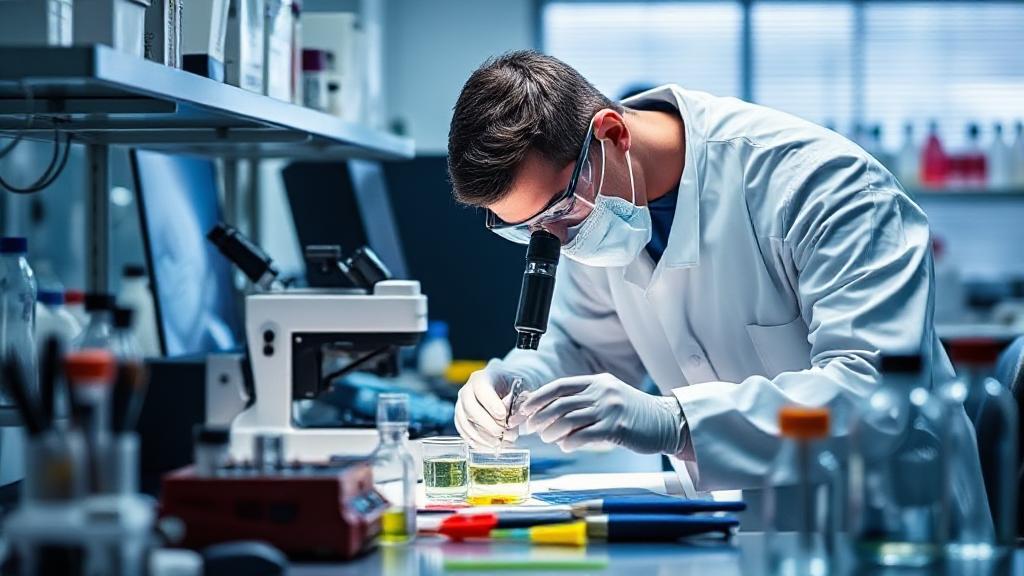Introduction
Forensic science has become an indispensable part of modern criminal investigations. The role of forensic scientists is crucial in solving crimes, as they provide the scientific analysis that can make or break a case. Through meticulous examination of physical evidence, forensic scientists help ensure that justice is served fairly and accurately.
What is Forensic Science?
Forensic science is the application of scientific principles and techniques to solve crimes. It encompasses a wide range of disciplines, including biology, chemistry, physics, and digital technology. Forensic scientists use their expertise to analyze physical evidence collected from crime scenes, which can include anything from DNA samples to digital footprints.
Core Responsibilities
Evidence Collection and Preservation
Forensic scientists work closely with law enforcement to properly collect, document, and preserve evidence. This involves:
- Securing the crime scene to prevent contamination
- Documenting the scene through photographs and sketches
- Collecting physical evidence such as blood, hair, fibers, and weapons
- Following strict chain of custody protocols
Laboratory Analysis
In the lab, forensic scientists employ various specialized techniques:
- DNA analysis
- Fingerprint examination
- Ballistics testing
- Trace evidence analysis
- Toxicology screening
- Digital forensics
Documentation and Reporting
After analyzing the evidence, forensic scientists must:
- Maintain comprehensive records of all analyses
- Write detailed reports of findings
- Present evidence in court as expert witnesses
- Explain complex scientific concepts to non-technical audiences
Specialized Fields
DNA Analysis
DNA analysis has revolutionized forensic science. Scientists can now:
- Extract DNA from minimal biological samples
- Create genetic profiles
- Match samples to suspects or victims
- Link cases through DNA databases like CODIS
Toxicology
Forensic toxicologists analyze biological samples to:
Determine the presence of drugs, alcohol, and other toxic substances Establish cause of death in suspicious cases Support or refute allegations of poisoning
Impact on Criminal Justice
Forensic science has revolutionized the criminal justice system by providing objective, scientific evidence. Some significant impacts include:
- Exonerating the innocent: DNA evidence has been pivotal in overturning wrongful convictions. Read about the Innocence Project.
- Strengthening prosecutions: Solid forensic evidence can lead to higher conviction rates.
- Cold case resolutions: Advances in forensic technology have allowed for the reopening and solving of cold cases.
Professional Requirements
To become a forensic scientist, individuals typically need:
| Requirement | Description |
|---|---|
| Education | Bachelor's degree minimum, often Master's preferred |
| Field | Natural science, forensic science, or related discipline |
| Certification | Professional certification in specific areas |
| Skills | Analytical thinking, attention to detail, communication |
Challenges and Future Developments
Current Challenges
- Maintaining quality control across laboratories
- Keeping pace with technological advances
- Managing increasing caseloads
- Securing adequate funding
- Addressing potential bias in analysis
Emerging Technologies
The field continues to evolve with new developments in:
- Rapid DNA analysis
- Advanced imaging techniques
- Artificial intelligence applications
- Improved statistical analysis methods
Quality Assurance
Maintaining high standards requires:
- Regular proficiency testing
- Accreditation of laboratories
- Standardized procedures
- Continuous education and training
For more information on forensic science careers, visit the American Academy of Forensic Sciences.
